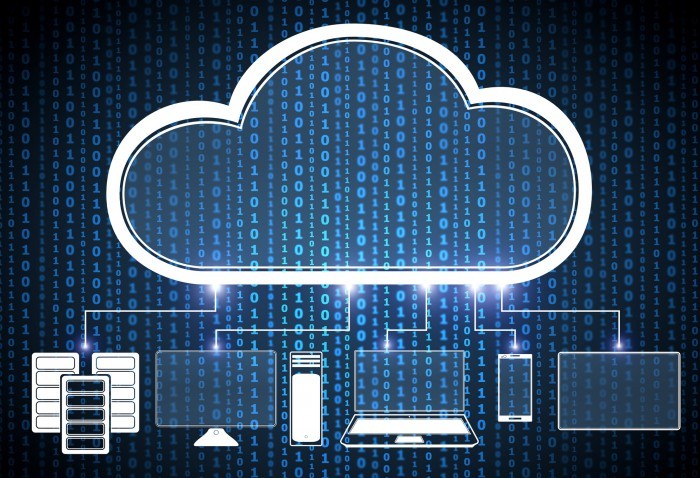04.26.2024
Your Complete Guide To Scaled Agile Framework Certification

Posted by Marbenz Antonio on November 2, 2022

According to the National Security Agency, cloud misconfigurations represent the greatest threat to cloud security (NSA). According to the 2022 IBM Security X-Force Cloud Threat Landscape Report, cloud vulnerabilities have increased by an astounding 28% since last year, and the number of cloud accounts available on the dark web has increased by 200% during the same period.
Given the increasing number of vulnerabilities and the terrible consequences of cloud breaches, it is now clearly obvious how important proper cloud security is. So the issue is, are malicious hackers being made aware of your company’s misconfigured cloud resources?
Misconfigurations in the cloud are possible vulnerabilities. Because misconfigured cloud assets can open the door to the theft of location data, passwords, financial information, phone numbers, health records, and other sensitive personal data, malicious attackers are always searching for them. Following that, threat actors might use this information to execute phishing and other social engineering attacks.
There are multiple causes for these misconfigurations. One reason for this is that default settings, which are usually too open, are not changed.
One more is configuration drift, which refers to modifications made on-the-fly to multiple components without consistency across cloud assets or auditing to minimize discrepancies.
Misconfigurations are more frequent in cloud-native platforms due to their extreme complexity. Overworked staff that lacks the depth of knowledge to identify and correct the misconfigurations further increases these risks.
However, one of the most typical causes of incorrect cloud settings is a misunderstanding of who is in charge of protecting cloud assets. Your organization needs to understand the Shared Responsibility Model for this reason.
According to this approach, the cloud provider, such as Amazon Web Service (AWS), Microsoft Azure, Google Cloud Platform (GCP), or another, is only responsible for the infrastructure of the cloud. You and your company, who are their customers, are entirely in charge of ensuring the security of all of your data, workloads, applications, and other assets.
Most cloud misconfigurations, in the broadest sense, are configurations that are left in a position that is advantageous to the objectives of malicious attackers. The most common categories are as follows:
The possibility of cloud configuration errors is always available. Both authorized customers and nefarious attackers can access cloud servers at any time. The attack surface of the organization grows with each new cloud deployment.
Your organization can actively fight against attackers looking to take advantage of cloud misconfiguration by taking the following actions:
Above all, keep in mind that setting up complex and hybrid cloud systems correctly is a journey rather than a goal. Continue auditing. Maintain visibility. Recruit the staff and knowledge you require to handle this difficult and important responsibility.
Here at CourseMonster, we know how hard it may be to find the right time and funds for training. We provide effective training programs that enable you to select the training option that best meets the demands of your company.
For more information, please get in touch with one of our course advisers today or contact us at training@coursemonster.com
